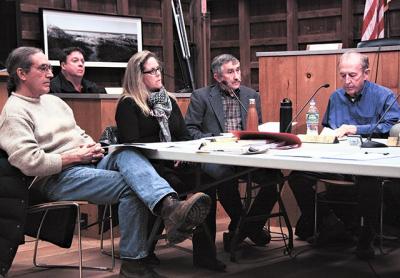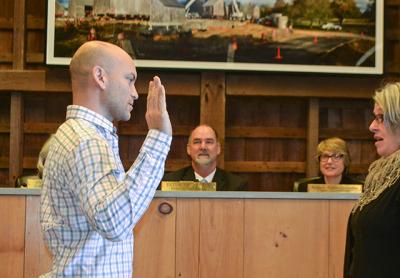Department Raises $30,000 in Ex-Chief’s Memory
Department Raises $30,000 in Ex-Chief’s Memory

The Springs Fire Department and its members have raised nearly $30,000 for the Leukemia and Lymphoma Society in an effort launched in memory of David M. King, an ex-chief who died of acute lymphoblastic leukemia last February.
The department had hoped to raise $5,000 for the society through Sunday pancake breakfasts at the firehouse through the fall. Had it fallen short in breakfast proceeds, department members agreed they would make up the difference. That proved unnecessary.
Last week, the department’s newly elected chief, Ryan Balnis, presented a check for $10,000 to Michael Davis, captain of Team DMK for a Cure, a Leukemia and Lymphoma Society Team in Training that is running races to raise money for the society in memory of Mr. King. In addition to the support from the department as a whole, four individual firefighters and two exempt members of the department raised nearly $20,000 more for the team. As of yesterday, Team DMK for a Cure had collected nearly $69,000 toward its $100,000 fund-raising goal.
Team members have been training since August to run in 5K, 10K, half-marathon, and full-marathon events at Walt Disney World in Orlando, Fla., last week and the Bridgehampton Half Marathon in May.
Those interested in donating can do so by clicking “donate” at the teamintraining.org homepage and entering “Team DMK for a Cure” in the search field. Those wishing to train and run with the team can email Mr. Davis at [email protected].






